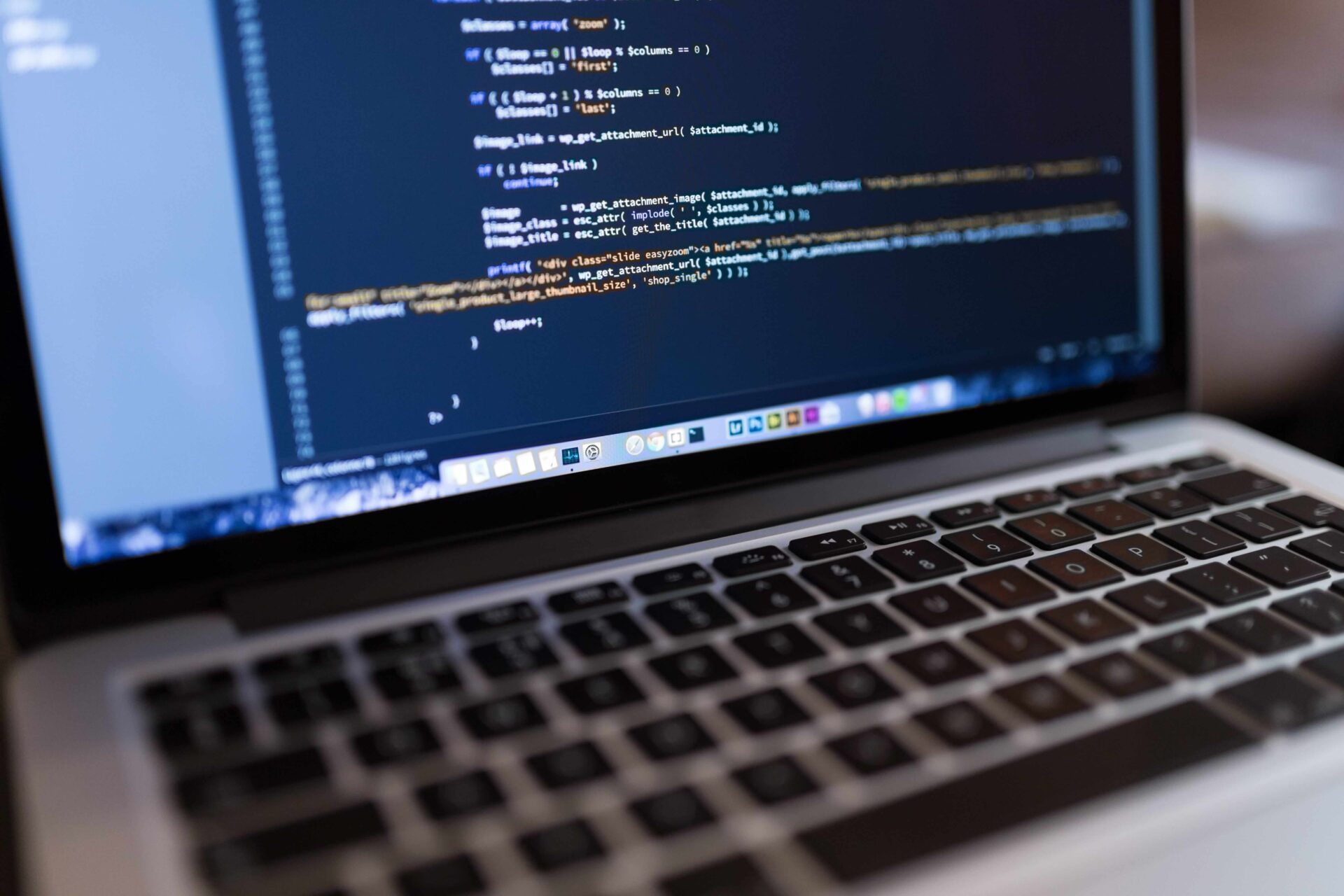A Definitive Guide To Write Production Level Code In Data Science
by Mashum Mollah Technology Published on: 21 August 2018 Last Updated on: 29 September 2021

Every data scientist is expected to possess the ability to write production level code. While experienced software engineers may find it fairly easy to write production level codes, it can be a pretty challenging task if you don’t know the ropes and also what is production code or what is a production code. So, here’s the complete cheat sheet for mastering the art of writing production code programming.
1. Go Modular
The basic idea here is to break a production quality code into smaller fragments, that is functions, according to their independent functionalities. The fragmentation has to be such that each function can perform a particular task, for instance, score a model, replace erroneous values, or cleanup outliers in data. Once the code is broken into functions, the functions should again be fragmented into smaller subsets until they cannot be broken any further.
- Low-level functions: Low-level functions are the fundamental functions that cannot be broken into smaller components. For example, computing Z-score or RMSE (Root-Mean-Squared Error) of the data are low-level functions
- Medium-level functions: Medium-level functions are those that use one or more low-level functions or other medium-level functions to perform a specific task. For example, the cleanup outliers function leverages the Z-score function to eliminate the outliers in the data.
- High-level functions: High-level functions are those that use one or more low-level and medium-level functions to perform tasks. A model training function and a metric function are good examples of high-level functions.
So, first, you need to divide the code into smaller bits, each of which is designed to perform specific functions. Once you do this, you need to combine all the low-level and medium-level functions that can be applied to one or more algorithms into one single module or python file. Now group the remaining low-level and medium-level functions (applicable for only one specific algorithm) into a separate python file. Finally, group all the high-level functions into another python file and this file will control the code development process. Machine learning also changes the paradigm of software development. To get better insights on Machine learning, one can always opt for certain machine learning courses online that can be of great help.
2. Logging and Instrumentation (LI)
LI or Logging and Instrumentation is crucial for every code since the primary purpose of LI is to record and store valuable information from the written code during its execution process so as to allow the coder to detect bugs and debug the code while also enhancing its performance.
Logging mainly records information that demands immediate manual intervention, for instance, failures associated with the runtime of the code. While multiple log levels like debug, warn, and errors are welcome during the development and testing phases, one needs to avoid them strictly during the production phase. Since logging is kept at a minimal level, the system uses instrumentation to record all the information that has been excluded from logging. It helps to gather the information that could not only help validate the code execution process but also incorporate necessary changes to enhance performance.
3. Code Optimization
The purpose of code optimization is to reduce the time/space complexity, that is, optimize the code to reduce both its runtime as well as its memory usage. We generally know it as Big-O representation, written as O(x) where x is the dominant term in time/space polynomial. Essentially, the Big-O notation is the metric for measuring the efficiency of the code.
The goal here is to replace the less efficient portions of the code with more efficient alternatives having lower time/space complexity. While for-loop is the most frequent cause of failure of a code, recursive functions are worse than for-loops. Thus, you must try to replace the for-loops in your code with python modules to maintain a shorter run time.
4. Unit Testing
Every code has to clear multiple phases of debugging and testing before it gets into production. The reason behind this – the code should be absolutely devoid of bugs or glitches and should be flexible enough to manage exceptional situations during the production stage. Detecting and identifying bugs in a code require it to be tested under various scenarios with varying datasets, and so on, which is obviously time-consuming and inefficient. Thus, you should switch to Unit Testing that fully automates the code testing process.
Unit testing comprises specific test cases. So, whenever you need to test the code, the unit testing module will carefully assess each test case. It will also be comparing the output of your code with the assumed output value. If your code fails to achieve the expected value, the test fails. Thereby, hinting that your code is bound to fail during production. You can continue to repeat the process until each test case is cleared off the blemishes. Python’s unittest is a great tool for unit testing.
5. Version Control
If you want to write good code, version control is a must. It allows you to monitor the modifications to your code throughout the development phase, thus, promoting due diligence. Git is a highly recommended version control tool.
In a layman’s terms, version control essentially means modify and commit. Each time one incorporates a change into a code, you have to commit the change. That means instead of saving the file with a new name, you overwrite the old code with the new changes and link it with a key. The key allows you to revert to the old version of the code in case the new changes are inefficient. Experts highly recommend imparting your code with this flexibility since it allows you to go back to the stable, old version if the new version fails. Keep in mind that while making changes to the code, you add your comments with every change.
6. Enhance Code Readability
A good code is one that not only you but also fellow developers will understand. In other words, a code should be readable. To achieve this, you should use proper naming conventions. For instance, the names of the variables and functions should be self-explanatory (at least to some extent). As we mentioned in the point above, including explanatory comments and docstrings wherever necessary enhanced the readability quotient of your code, helping others understand it with ease.
If you follow these six key steps diligently, you will surely enhance your coding skills in a matter of months. You could also ask your peers or mentors to review your code. This will help you see the shortcomings in your code and help you upskill.
Read Also:
- How to Recover Your Data from EaseUS Data Recovery Software
- Have Fast Guide from Top EaseUS Data Recovery Software
- Common Data Backup Mistakes To Avoid







































































































